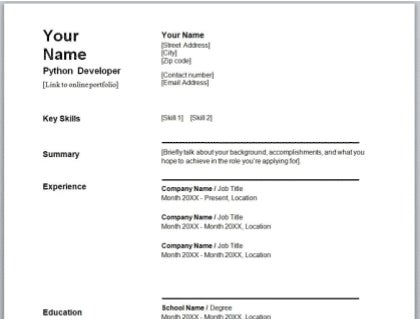
Python Developer Resume Free Template Download:
Download this Python developer resume template in Microsoft Word format.
Download NowPython Developer Resume Example:
Your Name
Python Developer
[Link to online portfolio / website / LinkedIn profile]
[Street address]
[City]
[Zip code]
[Contact number]
[Email address]
Summary:
[Briefly talk about your background, skills, and qualifications.]
Core Skills:
[Skill 1]
[Skill 2]
Experience:
Company Name / Job Title Month 20XX - Present, Location
Company Name / Job Title Month 20XX - Month 20XX, Location
Company Name / Job Title Month 20XX - Month 20XX, Location
Education:
School Name / Degree Month 20XX - Month 20XX, Location
School Name / Degree Month 20XX - Month 20XX, Location
Certification:
[Certification 1]
[Certification 2]
Notable Achievements:
[Achievement 1]
[Achievement 2]
Awards and Promotions:
[Award 1]
[Job promotion 1]
How to Write a Python Developer Resume:

A complete guide to writing a Python developer resume with a free template.
Start with a summary.
Make your summary stand out.

You'll want your summary to create a lasting impression, intriguing employers enough to continue reading your resume. Start by highlighting your most desirable qualities including your skills, years of experience, and top achievements.
Keep your summary short and to the point.

Try to keep your summary under four sentences and only include the most important information. Add a sentence about how your specific skill set and experience will benefit the employer's organization.
Showcase your technical skills.
Start with your most important skills.

Your core Python developer skills, such as web frameworks expertise, data manipulation and exploration, artificial intelligence and machine learning, and version control should be mentioned first. Be sure to mention all relevant skills that could set you apart from other candidates.
Match your skill set with the job posting.
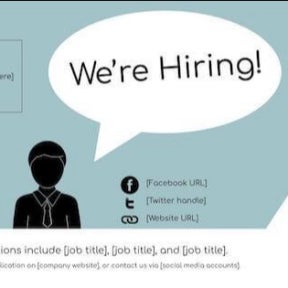
You'll want to list all relevant skills and competencies you have acquired over time. Directly match your skills with the job requirements and do not list skills that will not be needed for the position.
Be honest.

When listing your skills, remain honest about your level of expertise as the recruitment process may require practical assessments.
Outline your experience.
Add your experience in reverse chronological order.

The work experience section is an imperative part of your resume as employers will want to read about the Python projects and tasks you've completed in previous roles. You'll want to start this section with your most recent position.
Mention the places you have worked.
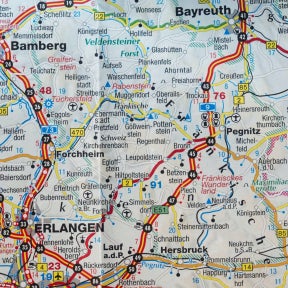
Be sure to pay special attention to the type of responsibilities you managed at previous jobs. This will help employers envision you in the role and determine the type of tasks you're knowledgeable in.
Add your education information.
List your qualifications.

In reverse chronological order, add your qualifications. Each qualification entry should mention an institution name, the dates of attendance, and a location.
Mention qualifications in progress.

If you're studying towards a qualification, indicate it at the start of this section. Omit the initial date and instead include the words "In Progress."
Include your certifications.
List any relevant certificates.

Although your portfolio of projects already says a lot about you and your abilities, to help improve your chances of an interview, consider adding relevant certifications, even if not required.
Start with your most relevant certificate.

If you obtained more than one certificate, consider which one employers would be most interested in and mention it first.
Common certificates related to Python developers include:
- Microsoft Python Certification.
- PCEP Certified Entry-Level Python Programmer.
Add certification details.
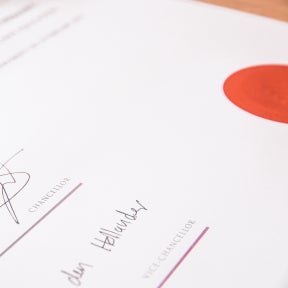
Be sure to mention the institution and the date you obtained your certification. Certificates awarded by prestigious institutions indicate to employers that you have formal training and that you're passionate about your job.
Highlight your career achievements.
Add career highlights.

Your career milestones are a great addition to your resume because they act as solid references, proving to employers that you're more than capable of exceeding their expectations. You'll immediately want to capture an employer's attention, so start this section with your most notable Python projects.
Showcase major completed projects.

You'll want to provide sufficient details, for example, that you were involved with every stage of a data science project, including the wrangling, cleaning, transforming, and analyzing of data.
Other examples include that you developed websites using the Django framework and designed data visualizations that communicated new business insights.
Add any awards and job promotions.
Add key career moments at the end of your resume.
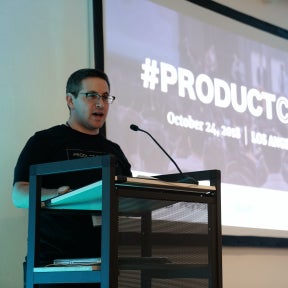
These typically include professional achievements such as awards or job promotions that may be of particular interest to employers.
Provide the details of your professional achievements.

Use bullet points to briefly describe each accomplishment and list them in reverse chronological order. Remember that each entry should also identify the institution/employer and don't neglect to provide a date.
What Employers Look for in a Python Developer's Resume:
- A well-defined skillset and list of supplementary programming languages you have proficiency with. Popular languages for Python developers are Django, Flask, Tornado, Git, SQL, and more.
- An analytic mindset with a demonstrated ability to solve problems.
- Evidence of working as part of a team and with different departments, including front-end developers, database administrators, technical architects, and more.
- A history of working under pressure to meet deadlines.
- A relevant degree in computer science. A relevant diploma or certificate in Python development will help you.
- A link to an online portfolio of work that demonstrates a wide range of Python development projects.


